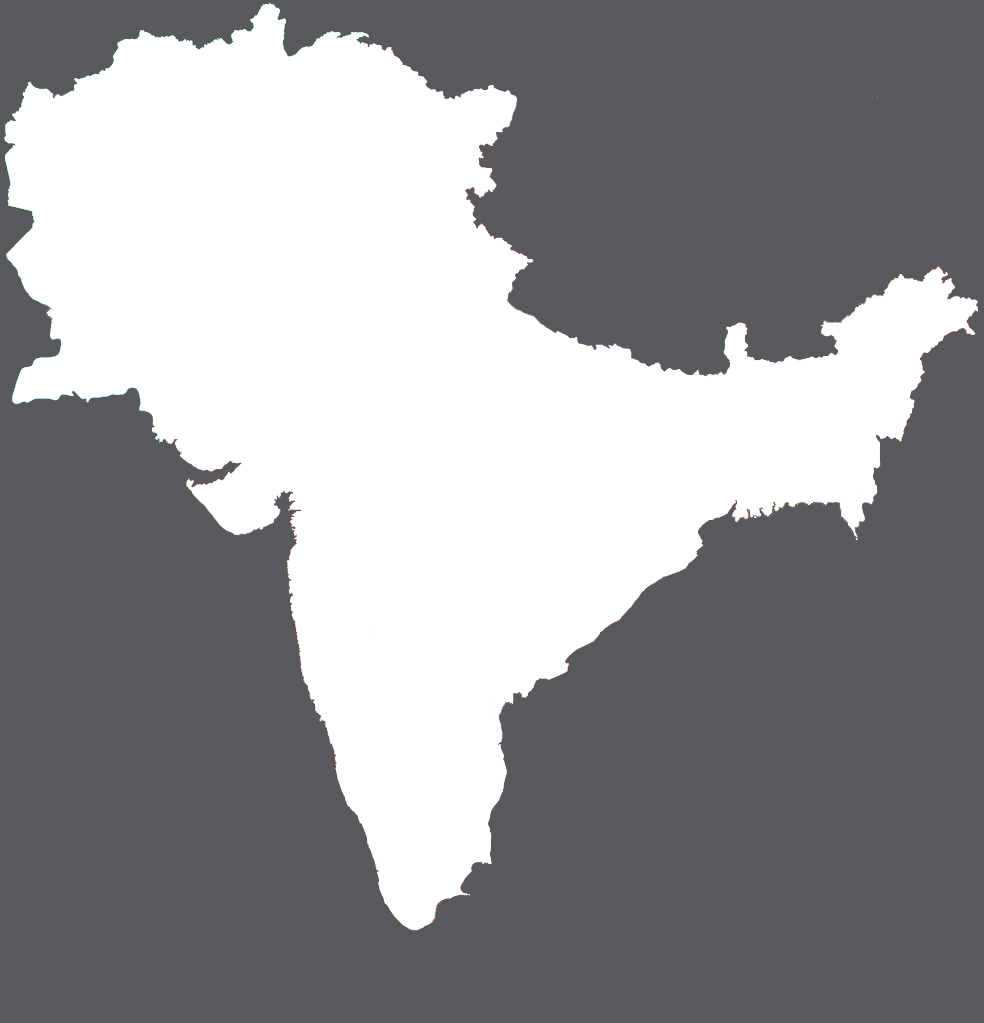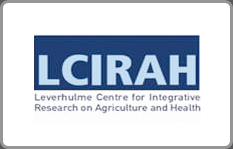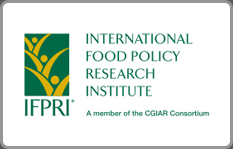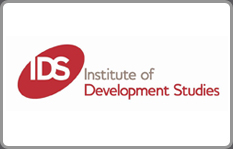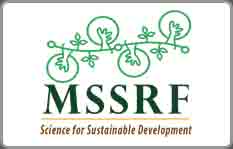A value-chain perspective on wheat flour fortification in Pakistan
Food fortification is a popular strategy for addressing ‘hidden hunger’, and staple foods are seen as promising if unproven vehicles for the delivery of essential micronutrients to the poor in developing countries. This paper examines wheat flour fortification with iron in Pakistan as a case of technocratic optimism in the face of institutional constraints. An evaluative framework based on the analysis of the entire value chain can provide a reality check on technocratic optimism.
Dietary Diversity and Women’s BMI among Farm Households in Rural India
Undernutrition is more widespread and persistent in South Asia, including India, with higher numbers of undernourished people living in rural areas. Indian evidence often shows a weak linkage between agriculture and nutrition, though there is ample scope for agriculture to contribute towards reducing undernutrition.
Learning from the Past: Framing of Undernutrition in India Since Independence and Its Links to Agriculture
Understanding policy debates from the past can help to explain and address the challenges of today. Agriculture can play an important role in the reduction of undernutrition in India. However, the nutrition-enhancing potential of agriculture remains underused. In order to understand the roots for the weak links between agriculture and nutrition in contemporary India, this paper follows the evolution of the policy debates on nutrition and agriculture from India’s Independence to the present. The frame analysis reveals several substantial shifts in the framing.

